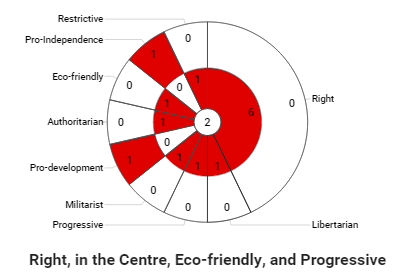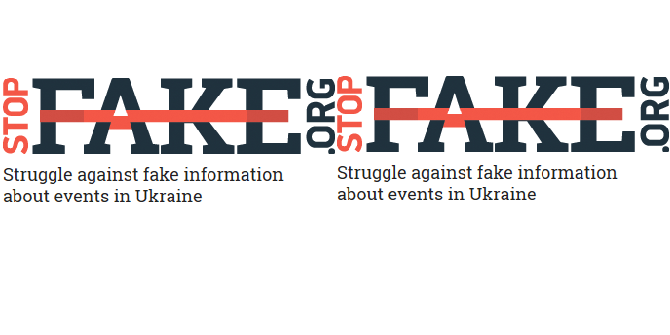
Polis Intern and LSE MSc student Bani Bains reports on the latest Polis Lunchtime Talk featuring Michelle Imison who discussed her doctoral research on health news from Low-Middle Income Countries.
Most national media in developed countries follows a few general principles with foreign news, tending to prioritise news from neighbouring countries and those that impact them directly. Michele Imison’s research on health stories from Low and Middle Income Countries in the Australian News Media shows that these stories too, became ‘newsworthy’ if they have a ‘national angle.’
But there are other factors at work. In the specific case of the Australian media, Imision analyzed the case of Trishna and Krishna Malik, Bangladesh born twin infants conjoined at the head, whose separation surgery was carried out by a team of Australian doctors in 2009.
Their story became extremely popular among Australian audiences, which Imison believed was because it followed the media logics of what she termed ‘medical miracles’ which involved glorifying the medical team that worked on the case, ‘innocent victims’ that follows the discourse of the children being used as portraits of development and progress once separated, and the ‘lucky country’ which brought out the Australian angle of national sentiment, and the idea of the ‘rule of rescue’.
Imison found that despite the ‘human interest’ level of the story, audiences did have relatively in-depth readings of the narrative. Imison said that understanding the way these different stories work is important NGOs as they seek to work with existing media logics to bring health news to the forefront, while at the same time trying to shape news on their own terms, with relation to the issues they think deserve to be featured.
The second contrasting piece of news that Imision’s work looked at was Australian media coverage of medical tourism. Here, an alternative view of LMICs is presented as they now offer a consumer service. Yet, Imison noted that the ethical problematic and concerns of LMICs weren’t portrayed at all. The ‘rule of rescue’ that applied in the case study of Trishna and Krishna Malik therefore, does not exist.
The consequences of these news reports on government policy, audiences and NGOs are potentially significant, but the current flux of Australian media makes the future uncertain. Imison believes the retreat from serious or international journalism could give an opportunity to alternative platforms to change the narrative of health and medical reporting.
Imison’s work gives an interesting contrast between health and medical news and how they are represented, produced and perceived differently in the discourse of developing countries. From the glorification of the Australian medical team in the first case to the absence of the ethical problems in the second, the attention to national sentiment is clear. Yet, the question of why health reporting from developing nations should concern an Australian audience at all emerges. The future of such coverage though, depends on the media – both mainstream and alternative, and the rapid changes that are taking place within the media and communications industry itself.
This article is by Bani Bains.
Polis Lunchtime Talks are every Wednesday at 1pm and are free and open to the public – details here





